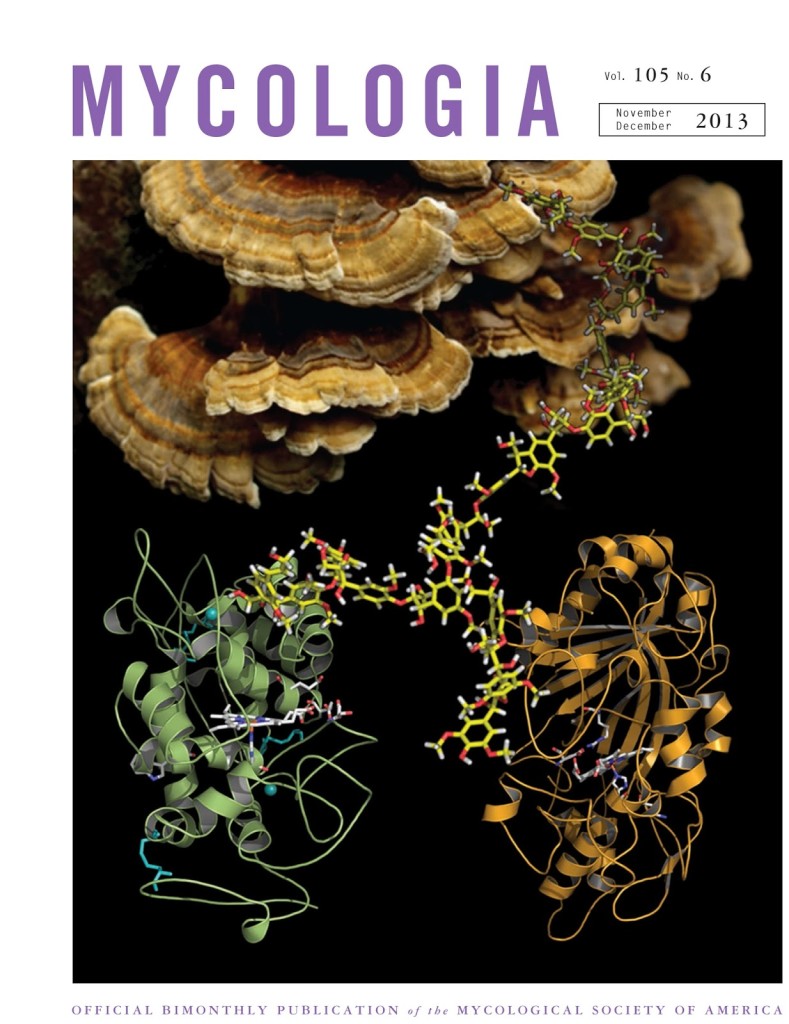Looking at a combination of whole genomes and gene databases suggests a new way to examine this fungus family tree.
The Science:
Researchers reviewed 10 currently available whole genomes, comparing them to known gene datasets. They reported family trees for several taxonomic subgroupings called clades. They also analyzed several single-copy genes to assess them for their potential as markers of relationships between members of this group.
The Impact:
The phylogenetic trees reported in this paper refine the taxonomic relationships for members of this family and in the words of the researchers, “can now be used to select target species for the next round of whole genome sequencing.”

Summary
The Polyporales family of fungi is a diverse group, mostly made up of wood-rotters. As such, they are important to the release of carbon from trees into the atmosphere (part of the process called the carbon cycle). Many members of this group are highly efficient at decaying lignin (part of the tough cell wall that protects plant cells), which makes them useful in the production of biofuels.
But understanding the evolutionary relationships between different species and genera in this group has been challenging. Traditional methods of focusing on DNA sequences that code ribosomal RNA have not worked well for this group. Mycologists have used physical characteristics to group species within Polyporales (white-rot fungi vs brown-rot fungi), but some of these characteristics may have evolved in several lineages over time and can cloud evolutionary relationships.
One of the challenges molecular evolutionary biologists face is deciding between sampling more genes within a small group of species and sampling fewer genes over a larger group of species. Published in the November/December 2013 issue of Mycologia as part of a special section on Polyporales, researchers compared both methods. They used the 10 available whole genomes of Polyporales members and compared them to all known genes from this family. This analysis yielded new details about the evolutionary relationships between species, which they detailed in several phylogenetic trees of several clades (residual polyporoid clade, plebioid clade, antrodia clade and core polyporoid clade).
They also suggest that newer “hybrid DNA enrichment” gene analysis technologies might be better for phylogenetic analysis of Polyporales, potentially removing the conflict between “more genes or more taxa” in the near future, speeding up the process of detangling the branches of the Polyporales family tree.
To learn more about the DOE JGI Fungal Program, watch this video: http://bit.ly/JGI-Fungal-vid
Contact
Igor Grigoriev
DOE JGI
ivgrigoriev@lbl.gov
Publication
Manfred Binder, et al, Phylogenetic and Phylogenomic overview of the Polyporales. Mycologia. November/December 2013 13-003; published online: August 11, 2013.
doi: 10.3852/13-003
Funding
Department of Energy, Office of Science
National Science Foundation